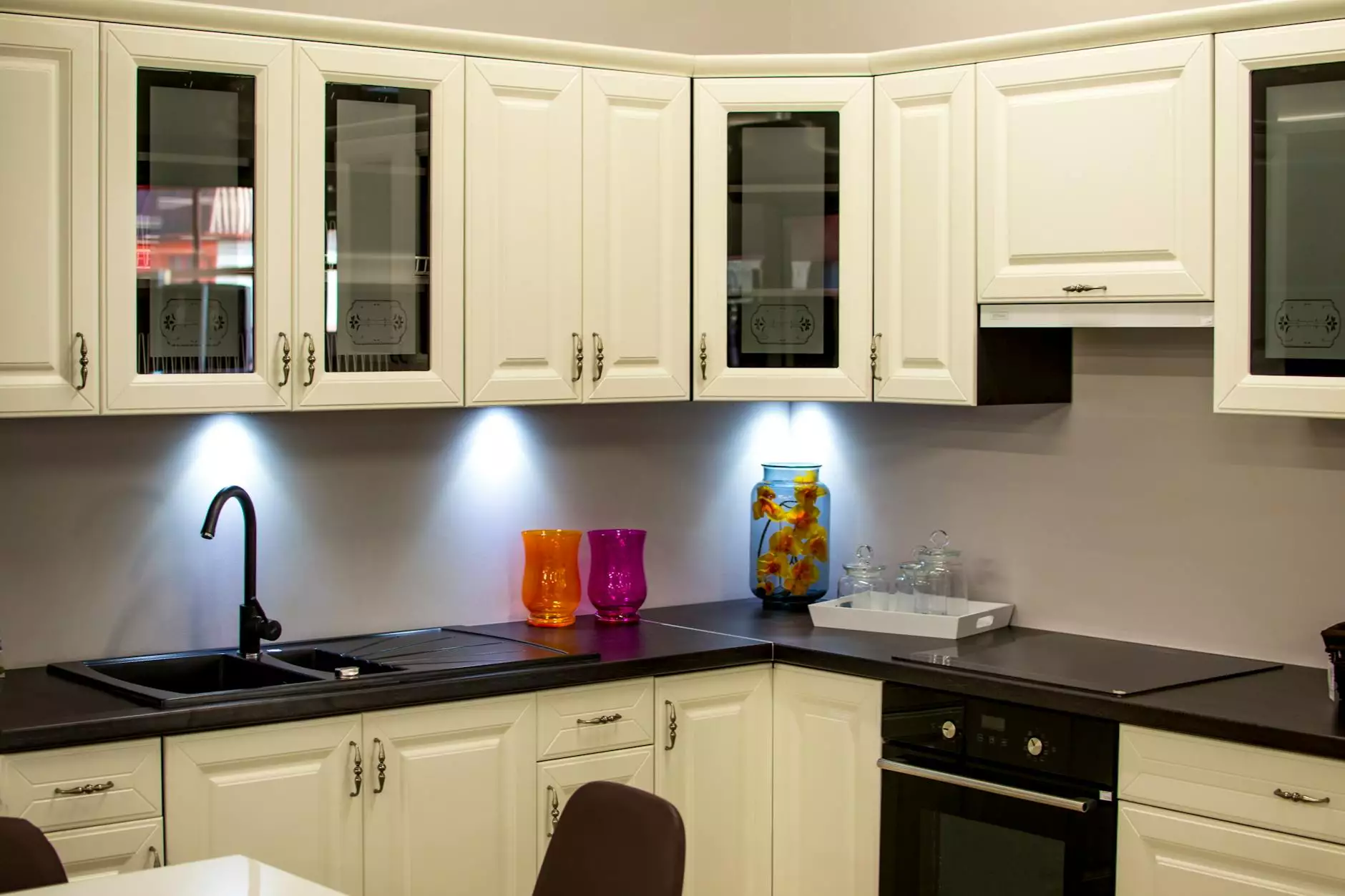Coping of a Pool: A Comprehensive Guide to Pool Renovation and Maintenance

When it comes to having a beautiful and functional swimming pool, the coping of a pool is a crucial aspect that many homeowners often overlook. Coping not only enhances the aesthetic appeal of your pool but also serves practical purposes that contribute to the longevity and safety of the entire pool area. In this article, we will explore everything you need to know about pool coping—from its definition and types to installation methods and maintenance tips.
What is Pool Coping?
Pool coping refers to the cap or edge that surrounds the swimming pool. It is designed to create a smooth transition between the pool and its surroundings. This element plays several vital roles in pool safety, drainage, and aesthetics.
Functions of Pool Coping
- Aesthetic Appeal: Coping provides a finished look to the pool and can enhance the overall landscape design.
- Safety: The coping edge can help prevent slipping when entering or exiting the pool, thus promoting safety for all users.
- Structural Integrity: It helps support the edge of the pool structure, maintaining the integrity of the pool over time.
- Water Management: Properly installed coping directs water away from the pool and minimizes the risk of erosion and damage.
Types of Pool Coping Materials
Choosing the right material for pool coping is essential to ensure its durability and aesthetics. Here are some popular materials used for coping:
1. Concrete Coping
Concrete is a versatile material that can be molded into various shapes and styles. It can be stained and textured to match your landscaping.
2. Natural Stone Coping
Natural stones such as granite, limestone, and travertine offer a luxurious look. They provide excellent durability and are resistant to weather conditions.
3. Brick Coping
Brick provides a traditional look and is available in a variety of colors. It is durable but may require a bit more maintenance than stone or concrete.
4. Tile Coping
Tile can add color and creativity to your pool. However, it is essential to choose slip-resistant tiles for safety.
Popular Coping Styles
In addition to materials, the style of coping can significantly affect the overall design of your pool. Here are some popular coping styles:
1. Bullnose Coping
This rounded type of coping is gentle on the feet and provides a classic look. It is commonly used with concrete and stone materials.
2. Square Edge Coping
This style offers a modern appearance and is suitable for contemporary pool designs. It is a straightforward, clean cut.
3. Cantilevered Coping
Extending beyond the edge of the pool, this style gives the impression that the edge of the pool is floating. It provides a sleek look and is commonly made of concrete.
Installation of Pool Coping
The installation of coping requires careful planning and execution. Here are the steps involved in the coping installation process:
Step 1: Preparing the Pool Edge
Ensure the edge of the pool is clean and free from debris. Proper alignment is crucial for the installation of the coping.
Step 2: Measuring and Cutting Materials
Measure the length of the coping needed and cut the material according to your specifications. Precision in cutting ensures a perfect fit that looks professional.
Step 3: Applying Adhesive
Use a strong adhesive appropriate for the material you are using. Apply it evenly to the coping pieces and the pool’s edge.
Step 4: Placing the Coping
Carefully place the coping onto the prepared edge, ensuring it is aligned properly. Press it down firmly to avoid any gaps.
Step 5: Grouting and Sealing
If applicable, apply grout to seal the coping joints. Sealing prevents water infiltration and adds to the overall durability of the coping.
Maintenance of Pool Coping
Maintaining your pool coping is essential for prolonging its lifespan while ensuring safety and aesthetics. Here are some key maintenance tips:
1. Regular Cleaning
Clean the coping regularly to prevent algae and dirt buildup. Use a mild detergent and a soft brush for effective cleaning without damaging the surface.
2. Inspect for Damage
Regularly inspect the coping for cracks or chips. Early detection allows for timely repairs.
3. Resealing
Depending on the material, reseal coping every few years to protect it from water damage and fading from sunlight.
When to Consider Replacing Pool Coping
Even with proper maintenance, there may come a time when replacing the coping around your pool is necessary. Signs to look for include:
- Significant cracks or chips that impact safety or aesthetics.
- Poor drainage leading to pooling water around the pool.
- Discoloration or fading indicating a need for aesthetic renewal.
- Shifting or movement that compromises the stability of the coping.
The Cost of Pool Coping
The









